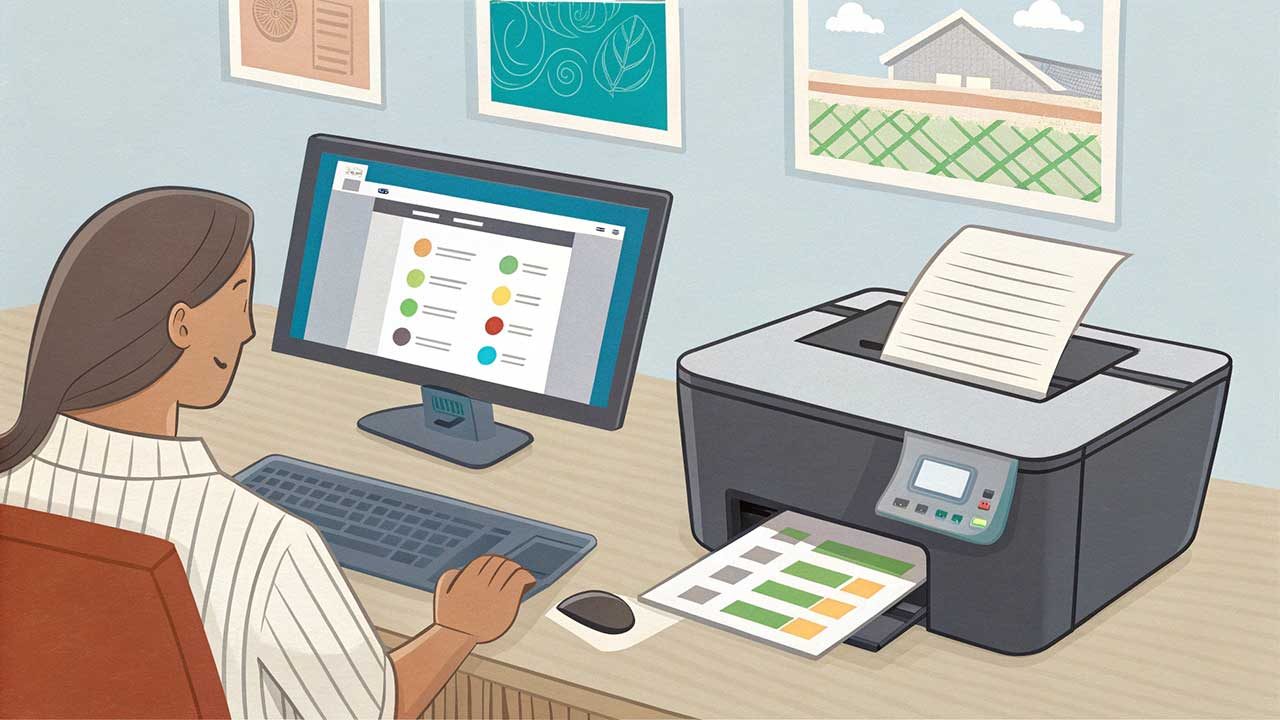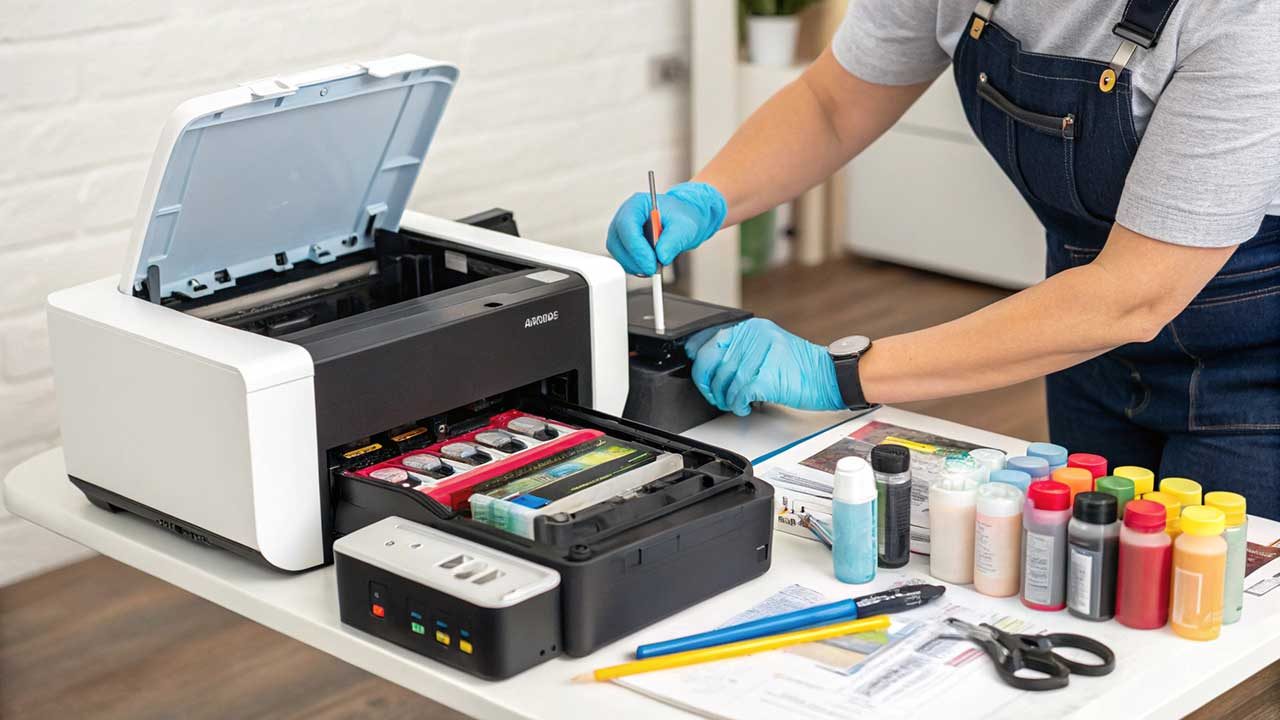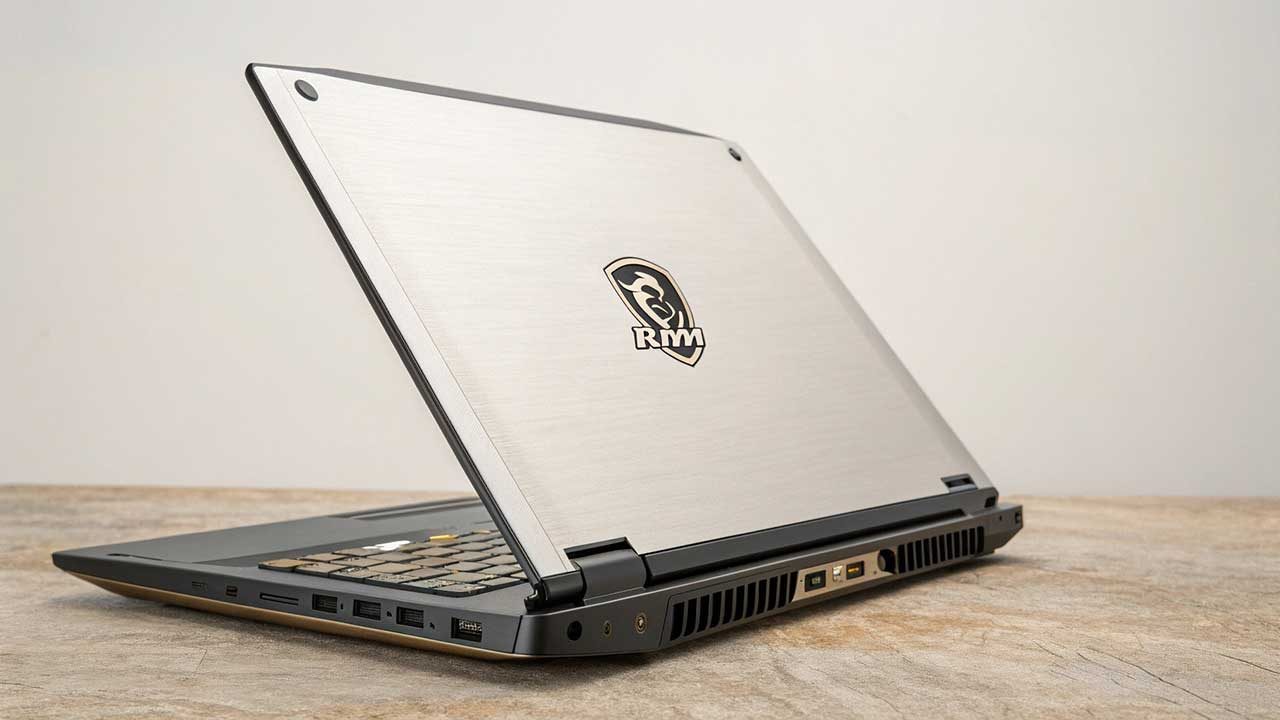Rintiksedu.id
Passing above finger fingers is a fundamental skill in various activities, including sports and performing arts. Whether you’re playing basketball, volleyball, or even practicing martial arts, mastering the technique of passing above finger fingers can greatly enhance your performance. In this article, we will explore the fundamentals, practice and training methods, common mistakes to avoid, advanced techniques, and the application of passing above finger fingers in different activities. Let’s dive in!
Fundamentals of Passing Above Finger Fingers
Understanding the Basic Concept of Passing Above Finger Fingers
Passing above finger fingers involves using the fingers and hand to guide and control the trajectory of the object being passed. This technique requires proper hand positioning and finger control to ensure accuracy and power in the pass.
Importance of Proper Hand Positioning and Finger Control
The position of your hand and the control of your fingers play crucial roles in executing a successful pass above finger fingers. Maintaining a relaxed grip allows for flexibility and ease of movement, while also minimizing the risk of injury. Additionally, positioning your hand in the correct angle and alignment helps in generating the desired spin and trajectory of the pass.
Techniques for Generating Power and Accuracy in Passing Above Finger Fingers
To maximize the power and accuracy of your passes, it’s essential to involve the whole arm in the passing motion. Instead of relying solely on your wrist, engage your forearm and upper arm to generate the necessary force. Additionally, focusing on your target and maintaining concentration throughout the pass can greatly enhance the accuracy of your passes.
Practice and Training for Passing Above Finger Fingers
Importance of Regular Practice for Developing Passing Skills
Like any skill, passing above finger fingers requires consistent practice to improve and master. Setting aside dedicated practice sessions focusing on passing technique can help in developing muscle memory and refining your skills. Incorporate passing drills and exercises into your training routine for optimal improvement.
Drills and Exercises for Improving Passing Technique
There are several drills and exercises that can enhance your passing technique. One example is the partner passing drill, where you take turns passing the object above your partner’s finger fingers. This drill helps in developing coordination and timing. Another helpful exercise is the passing accuracy challenge, where you aim to pass the object through a designated target area to improve your precision.
Tips for Incorporating Passing Above Finger Fingers Into Game Situations
It’s essential to bridge the gap between practice and game situations to fully utilize your passing skills. One tip is to actively look for passing opportunities during gameplay and stay aware of your surroundings. Anticipating the movement of your teammates or opponents can help you make quick and accurate passes. Communicating with your teammates and establishing a good understanding of each other’s playing style can also enhance passing efficiency.
Common Mistakes to Avoid in Passing Above Finger Fingers
Over-reliance on Wrist Instead of Using Full Arm Movement
A common mistake in passing above finger fingers is relying solely on the wrist for the passing motion. To generate power and accuracy, it’s important to engage the full arm, including the forearm and upper arm. By utilizing the full range of motion in your arm, you can maximize the force and control of your passes.
Lack of Focus and Concentration During Passing
Passing requires focus and concentration to execute precise passes consistently. Lack of focus can result in errant passes and turnovers. Stay engaged in the game, maintain eye contact with your intended recipient, and visualize the path of your pass to enhance accuracy.
Not Keeping the Fingers Relaxed and Flexible
Tensing up your fingers during passing can hinder your ability to execute smooth and controlled passes. It’s important to keep your fingers relaxed and flexible, allowing for a fluid passing motion. This flexibility enables you to make adjustments during the pass to adapt to changing game situations or unexpected movements by your opponents.
Advanced Techniques for Passing Above Finger Fingers
Developing Spin and Trajectory Control in Passing Above Finger Fingers
Mastering spin and trajectory control in passing above finger fingers can significantly impact the effectiveness of your passes. By manipulating the spin of the object being passed, you can create unique flight paths, making it difficult for defenders to intercept. Experiment with different wrist and finger movements to develop various spins and trajectories.
Mastering Different Types of Passing Techniques
Passing above finger fingers encompasses a range of techniques, including lobs, pushes, and power passes. Each technique serves a specific purpose and is applicable in different game situations. By practicing and mastering these different passing techniques, you can become a versatile passer and adapt to varying game scenarios.
Navigating Passing Situations with Multiple Defenders and Tight Spaces
In some instances, you may find yourself in passing situations with multiple defenders or tight spaces. Developing the ability to read the defense and make accurate split-second decisions is crucial in these scenarios. Look for passing lanes, use fakes to create openings, and maintain good court or field vision to find open teammates.
Application of Passing Above Finger Fingers in Different Activities
Passing Techniques in Basketball, Volleyball, and Soccer
Passing above finger fingers is widely used in various team sports such as basketball, volleyball, and soccer. In basketball, it is essential for players to make accurate chest passes or bounce passes to initiate offensive plays. In volleyball, precise overhead passes are vital in setting up attacking opportunities. In soccer, accurate ground passes or lofted through passes can create scoring chances for teammates.
Passing Skills in Various Martial Arts Disciplines
Martial arts disciplines, such as judo or jiu-jitsu, require proper passing techniques to transition from one position to another. Passing above finger fingers allows practitioners to navigate their opponent’s defense and achieve advantageous positions. By using efficient passing techniques, martial artists can control and manipulate their opponents’ movements more effectively.
Passing Concepts in Dance and Gymnastics Routines
Even in dance and gymnastics routines, passing concepts are utilized to smoothly transition between movements or perform collaborative sequences. Passes above finger fingers help dancers sync their movements and transfer weight seamlessly. In gymnastics, passing techniques are essential in executing fluid transitions between various apparatus or executing partner-based routines.
Frequently Asked Questions (FAQ)
Q: What is passing above finger fingers?
A: Passing above finger fingers refers to the technique of using the fingers and hand to guide and control the trajectory of an object being passed in various activities such as sports and performing arts.
Q: Why is proper hand positioning important in passing above finger fingers?
A: Proper hand positioning is crucial in passing above finger fingers as it allows for better control, accuracy, and power in the pass. It also helps in generating the desired spin and trajectory of the object being passed.
Q: How can I improve my passing skills above finger fingers?
A: Regular practice is key to improving passing skills above finger fingers. Incorporate passing drills and exercises into your training routine, focus on using the full arm movement, and maintain concentration and focus during passes.
Q: Can passing above finger fingers be used in different sports?
A: Yes, passing above finger fingers can be used in various sports such as basketball, volleyball, and soccer. Each sport may have specific passing techniques and applications, but the fundamental concept remains the same.
Q: Are there any advanced techniques for passing above finger fingers?
A: Yes, advanced techniques for passing above finger fingers include developing spin and trajectory control, mastering different types of passing techniques, and navigating passing situations with multiple defenders or tight spaces.
Q: How can passing above finger fingers be applied in dance and gymnastics?
A: In dance and gymnastics, passing concepts are utilized to smoothly transition between movements or perform collaborative sequences. Passes above finger fingers help dancers sync their movements and transfer weight seamlessly. In gymnastics, passing techniques are essential in executing fluid transitions between various apparatus or executing partner-based routines.
Conclusion
Passing above finger fingers is a fundamental skill in a variety of activities, from sports like basketball and volleyball to performing arts disciplines like dance and gymnastics. Developing proper hand positioning, finger control, and overall passing technique is essential for accuracy, power, and versatility. By practicing regularly, avoiding common mistakes, and mastering advanced techniques, you can become a proficient passer in any activity that involves passing above finger fingers.







